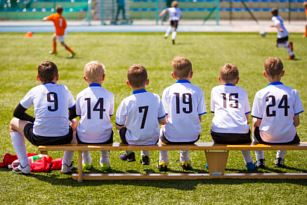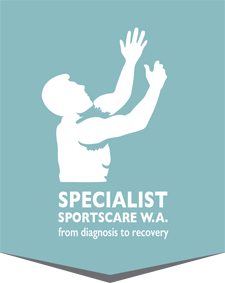
A Parent's Guide to Winter Sports Injuries
17 May 2017 12:54 PM – Specialist Sportscare WA
Over the winter months, it’s important to encourage your child to go out and play to make sure they are getting the exercise they need. Of course, any physical activity can pose a risk of injury and winter sports are no exception. Skiing, snowboarding and sledding are popular with children from as young as two years old, and all it takes is some basic safety precautions to keep them safe when taking part in the sports they love.
Read our guide below to learn more about common winter sports injuries and how they can be avoided.
Skiing and Snowboarding Injuries
If you’re lucky enough to be going on a ski or snowboard holiday this winter, it can feel unsettling knowing you’re going to have to let your kids loose in a snow field. In general, it is actually adults who suffer the most sports injuries while skiing as kids tend to spend their time on more gentle slopes. The most common injuries for skiers are bruising or fractures caused by falls, with snowboarders being especially likely to injure ankles and wrists. Tobogganing and sledding carry their own risks associated with collisions and minor crashes.
Other Winter Risks
When the ground is frosty, icy or muddy, your kids’ everyday activities will need to be undertaken with more care. Skateboarding and cycling are particular areas of concern as roads and parks that are usually fine to practice on could become unsafe over the winter. Field sports such as hockey, football and soccer can also be riskier over the winter as lower temperatures and rain can cause surfaces to be uneven and slippery. Slips and falls can result in sprains and muscle strains, and collisions become more likely.
Protective Clothing
The best defence against winter weather is proper clothing. Ensure your kids wear multiple layers of breathable clothing to insulate against the cold but accommodate changes in temperature. Keeping muscles warm reduces the risk of strains and tears, and these extra layers have the benefit of providing more physical protection if your child trips or falls.
Make sure kids are wearing the appropriate safety clothing for any activity – goggles and thick waterproof gloves for snow sports, and helmets for riding of any kind – skates, bikes, skis and boards. In this area, it’s an excellent practice to lead by example. Children can sometimes be reluctant to wear safety gear, but by wearing it yourself you can show them that it’s important for everyone.
Ensure Supervision
If your child is going skiing or snowboarding, make sure to enrol them in classes appropriate to their age and ability. Instruction from an experienced professional equips kids with the skills they need to practice sport safely and responsibly, and will help teach them to be aware of their surroundings and other skiers.
Back at home, enrol your child in organised sports at school or community clubs to make sure they’re playing in a safe and controlled environment. Sports coaches will be trained in injury prevention and first aid and will enforce rules on appropriate use of equipment.
If you’re interested in treatment for a musculoskeletal injury or condition, make an appointment with Specialist Sportscare W.A. today. Call us on (08) 9272 8222 to book an appointment or visit our contact page to get in touch.

